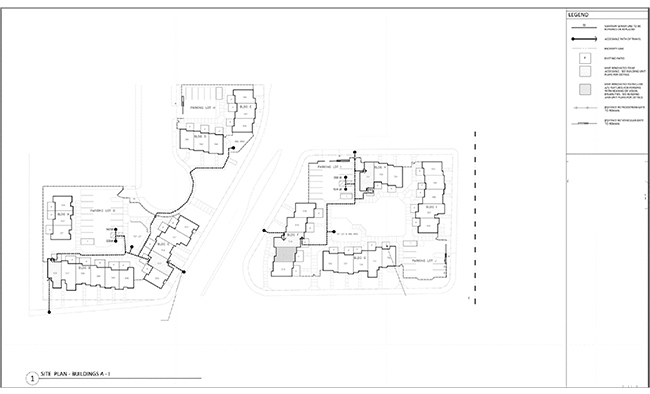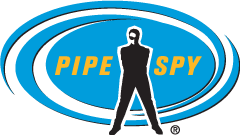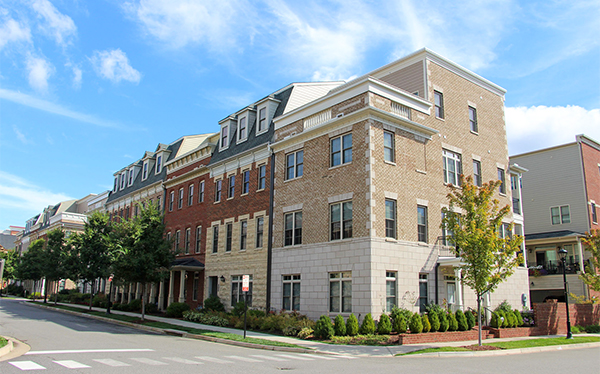Sewer lateral compliance is a frequent topic for property owners in the San Francisco Bay Area, including Oakland and the East Bay. Both homeowner’s associations administrators and HOA members often have questions about how private sewer lateral compliance works..
What is the EBMUD PSL Program?
EBMUD (East Bay Municipal District) was formed to improve the water quality of the entire San Francisco Bay Area, including Oakland and the East Bay. The EBMUD organization launched the East Bay Regional Private Sewer Lateral (PSL) Program with a mission to prevent excess rainwater from overwhelming local sanitary sewer systems and thereby ensure that untreated wastewater (sewage) is not released into the San Francisco Bay Bay estuary.
To obtain a Certificate of Compliance, the PSL program requires homeowners to hire a certified plumbing contractor to assess the condition of their private sewer lateral pipes. If the private sewer lateral is found to be compliant with PSL requirements, the inspecting plumber can then issue a Certificate of Compliance to the property owner.
Who Is Required to Comply with the EBMUD PSL Program?
The EBMUD wastewater service area includes Alameda, Albany, Emeryville, Oakland, Piedmont, El Cerrito, Kensington, and the Richmond Annex. Note that Berkeley operates its own program with similar but separate requirements. All properties located in these municipalities must demonstrate compliance with EBMUD private sewer lateral guidelines.
To learn more about EBMUD requirements, read our EBMUD PSL Compliance guide.
Who Is Responsible for my PSL if I Live in a Condominium or Have an HOA?
If you live in a Common Interest Development (or CID) – including a traditional condo, detached condominium, townhome, planned unit development, stock cooperative, or any other planned real estate development where individual units are sold separately – your Homeowner’s Association rules will determine who is responsible for private sewer lateral repairs and inspections.
Specifically, you need to consult your property’s Declaration of Covenants, Conditions and Restrictions (CC&Rs). CC&Rs stipulate the financial guidelines for the HOA, including maintenance fees and rules of the association.
CC&Rs define who is responsible for maintaining the sewer lateral that connects your home to the public sewer main: the individual owner, the homeowner’s association, or shared responsibility:
- HOA is responsible. The HOA must complete any necessary repairs.
- Individual owner is responsible. If the CC&Rs state that the property owner is responsible for sewer line maintenance, any required repairs under the East Bay PSL Program are only required if one of the following three ordinance triggers are met:
- Buying or selling a property
- Construction/remodeling worth over $100k
- Changing the water meter size
- Shared lines vs. individual lines. Another possibility is if the CC&Rs declare that the HOA is only responsible for shared lines (lines that serve multiple units) while individual unit owners are responsible for individual laterals (pipes that connect only your unit to the private or public sewer main). In this case, the homeowner would need to pay for repairs only if the home has its own private sewer lateral and one of the three “triggers” are met: property sale, construction/remodeling over $100k, or changing the water meter size.
What If the Organization Governing My Home Is not Designated as an HOA?
In the eyes of the Regional PSL Program, a Homeowner’s Association is any nonprofit corporation or unincorporated association that manages or governs a Common Interest Development and operates in accordance with governing documents (i.e., the CC&Rs). In other words, if there is a private association that acts like an HOA, then the PSL Program will consider it an HOA – even if it’s not formally designated or referred to as an HOA.
How does an HOA Obtain Collective PSL Certification?
The HOA has collective responsibility for the development even if the individual owners obtain PSL compliance certification for their specific property. The HOA is responsible for ensuring that all property owners are in compliance. All lines (including branch lines and private mains) within the property’s borders must be pressure tested and pass testing before collective compliance for the HOA is granted.
Note: the entire process of inspecting, repairing and testing multiple lines may take several years depending on the size of the property.
Steps required for the HOA to demonstrate compliance:
Step 1: Contact EBMUD
Homeowners from HOAs must contact EBMUD with the intention to gain compliance. This must be done in writing.
Because the process can take up to several years, you may want to consider requesting an extension. If you are a homeowner whose HOA is responsible for all laterals, this won’t be applicable to you. If your HOA is not fully responsible, the current fee for initiating the time extension process is $120. There may also be a refundable deposit fee (per parcel) required to hold your application in “pending” status until all lines are tested. Before scheduling camera inspections, ensure you have a confirmation letter granting extension from EBMUD.
Once EBMUD has granted the extension, the HOA should schedule camera inspections for each sewer line within the property’s borders for a complete diagnosis of all the lines.
Step 2: Camera Inspection to Assess Lateral Condition
Diagnosis by camera is the best option for this type of compliance. We advise HOAs to have camera inspections conducted by a professional so that the condition of the sewer laterals is certain before any repairs, replacements or testing are begun. These subsequent steps can be expensive, and there’s no reason to repeat them if they’re not necessary.
HOAs should be prepared to produce a parcel map that includes specifications for all underground utilities, physical address details, and property lines. For example:

Step 3: Obtain Municipal Permits
Building permits and/or sewer permits must be obtained before repairing any PSLs for cracks or defects. As a Pipe Spy customer, we can take care of this step for you.
Step 4: Complete Required Repairs
After inspecting the sewer lateral, you will need to fix any defects in order to become compliant. In many cases, trenchless sewer repair or replacement technology is a great option. This approach eliminates the need to disturb large areas of the property’s landscape and will save you time and money.
Step 5: Prepare for EBMUD Verification Test Inspection
All PSLs on the property parcel must pass air or water pressure tests in order to obtainn certification. The HOA or the contractor must provide a map showing all laterals, mains, and manholes on the development before scheduling the test. Effective 2023, the compliance certificate application fee is $340, plus any additional charges incurred for rescheduling, additional tests, or off-hours tests.
To learn more about the verification process, read our PSL Pressure Test 101 guide.
Step 6: Certification
The HOA will receive certification once all laterals have passed verification tests and all fees have been paid. HOAs that have paid a deposit on an extension can then apply for that deposit’s full refund as long as the certification has been completed within the allotted time frame.
Step 7: Re-Certification
All PSLs managed by the HOA will need to be re-certified every 20 years. Note that some certifications may have prorated re-certification times based on the type of responsibility the HOA has over the PSLs within its borders.
The East Bay Regional PSL Program’s Guidelines for Condominiums and Other Common Interest Developments may be referenced for additional details or clarifications.
What if I Don’t Live in a Condo or Have an HOA?
If you live in a private home without at Homeowner’s Association, then the entire sewer lateral is your responsibility, with the exception of Alameda, Albany, and Berkeley where the responsibility ends at the property line (i.e. upper lateral only).
For more info on sewer laterals and where responsibility switches to the city, check out our Private Sewer Lateral 101 guide, or to discuss your situation directly contact the experts at Pipe Spy for more information.

